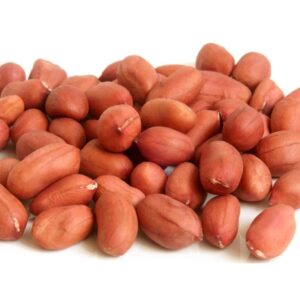Key Characteristics
Botanical Name: Brassica nigra
Common Names: Black mustard, mustard flour
Appearance: Fine powder, usually dark brown to blackish in color
Flavor: Hot, pungent, and slightly bitter; intensifies when mixed with water
Aroma: Strong and spicy
Culinary Uses
Used as a spice in Indian, Middle Eastern, and African cuisines
Often added to curries, pickles, sauces, and spice blends
A key ingredient in traditional mustard condiments
When combined with water or vinegar, it releases a spicy heat due to the enzyme myrosinase
Traditional & Medicinal Uses
Traditionally used in Ayurvedic and folk medicine for:
Stimulating digestion
Relieving muscle pain (used in poultices or compresses)
Improving circulation
Soothing colds and congestion (in external applications)
Nutritional and Chemical Composition
Contains:
Glucosinolates (which convert to isothiocyanates, giving the pungent flavor and potential anti-inflammatory properties)
Essential oils
Iron, calcium, selenium, and magnesium
Proteins and dietary fiber
Storage
Store in a cool, dry place in an airtight container
Shelf life: Up to 1 year if stored properly





